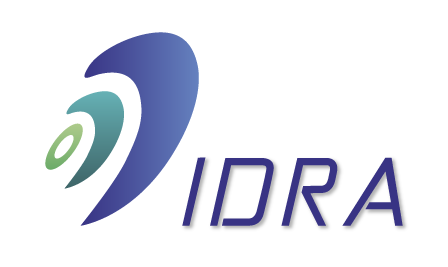The standard ISO 14001 establishes the Requirements of an Environmental Management System (EMS), which aims at reducing the environmental impacts of companies’ activities.
Implementing an Environmental Management System means creating a system that monitors and defines the processes in order to create an impact on the environment as close to zero as possible.
The EMS, focusing on continuous improvement, is developed in four key stages, i.e. the definition of the Environmental Policy – setting the objectives with subsequent activities planning (Plan), the realization and workability (Do), the control and corrective actions (Check) and Review of Management (Act). Through these steps the company guarantees a continuous and effective use of EMS and continuous improvement of its performance.
The structured approach of the EMS ensures the compliance with the ISO 14001 standard, as well as a simple application within the business practices.
Policy and Manual are the two fundamental documents of an EMS: the Policy sets the goals that the organization wants to achieve during the implementation and application of an Environmental Management System, the Manual is meant to describe the Environmental Management System designed within the organization for the management of activities, products or services that may produce aspects/impacts on the environment.
Those who decide to undertake the path of the certification ensure to their businesses: economic advantages, facilitations in the practices for renewal of authorizations, greater visibility in the market.
